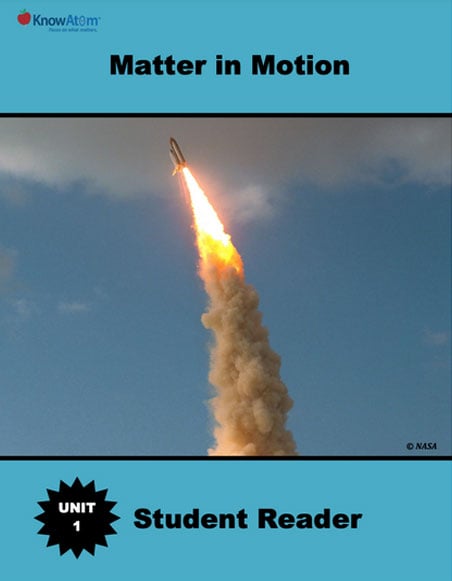
In the last unit, students learned about matter as they explored Earth’s position in the solar system. In this unit, students discuss how the sun provides light and heat to Earth, powering the water cycle, which in turn influences weather and climate. Students analyze the science phenomena of weather patterns in specific regions during a particular season.

In this unit, students discuss how all matter in the universe is made up of different combinations of atoms formed from chemical reactions. They use scale models to compare properties of the sun, moon, and Earth, and then use that knowledge to analyze the science phenomena of how patterns are formed by the relative positions and movements of the sun, moon, and Earth. This page highlights key components of this lesson on patterns.
Standards citation: NGSS Lead States. 2013. Next Generation Science Standards: For States, By States. Washington, DC: The National Academies Press. Neither WestEd nor the lead states and partners that developed the Next Generation Science Standards were involved in the production of this product, and do not endorse it.